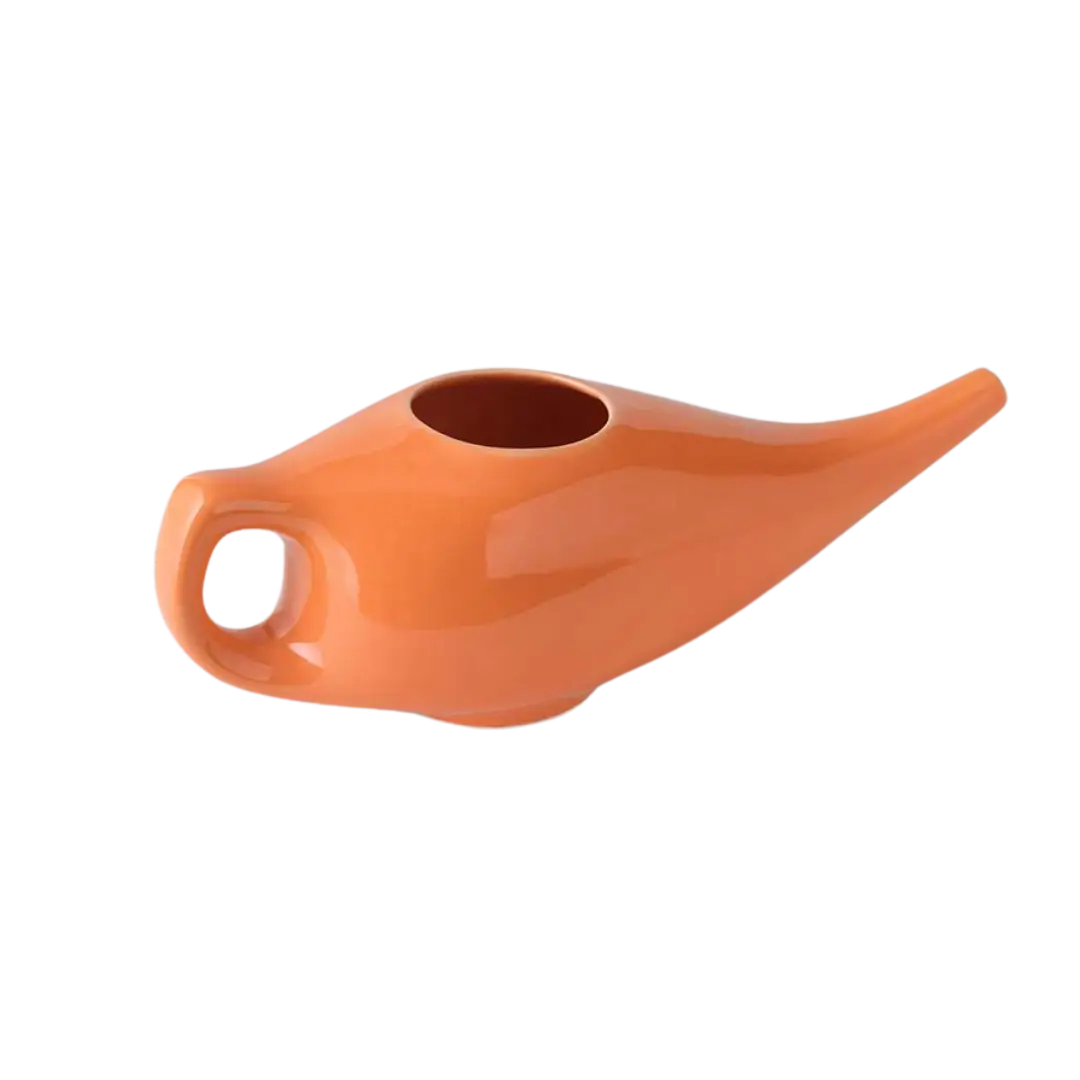The Need Of Yoga For Working Professionals - Why It’s A Must?
Working professionals face a plethora of challenges on a daily basis, ranging from tight deadlines to long hours of sitting in front of a computer. As a result, stress, anxiety, and physical ailments have become commonplace in the lives of many individuals. This is where yoga comes into the picture. Yoga is an ancient practice that combines physical postures, breathing exercises, and meditation to improve physical and mental well-being. It has gained immense popularity among working professionals in recent times, as it offers a holistic solution to combat the negative impact of a sedentary lifestyle. Incorporating yoga into your routine can help you manage stress, improve your focus and productivity, and alleviate physical ailments such as back pain, neck pain, and headaches.
How Does Yoga Help Working People?
Keeping your mind and body fit is the basic premise for a great career. Yoga supports that basic premise in a solid manner. Here are some ways in which yoga can help working professionals:
Reduces stress: Yoga involves deep breathing exercises and relaxation techniques that can help reduce stress levels, calm the mind, and improve overall mental health.
Improves focus and concentration: Yoga postures require focus and concentration, which can help improve cognitive function and enhance productivity at work.
Alleviates physical ailments: Prolonged sitting, typing, and staring at a computer screen can cause physical strain, leading to issues such as back pain, neck pain, and headaches. Yoga can help stretch and strengthen the muscles, improve posture, and alleviate these physical ailments.
Boosts energy levels: Yoga can help improve blood circulation, increase oxygen supply to the body, and boost energy levels, making you feel more alert and focused throughout the day.
Enhances overall well-being: The holistic nature of yoga means that it can improve both physical and mental well-being, leading to a more balanced and fulfilling life.
By incorporating yoga into their routine, working professionals can experience these benefits, leading to a healthier, more productive, and fulfilling lifestyle.
Yoga Poses You Must Incorporate in Your Routine
Tadasana (Mountain Pose)
This pose helps to improve posture and stretch the spine, which can alleviate back pain caused by sitting for long hours.
Bhujangasana (Cobra Pose)
This pose helps to open up the chest, stretch the spine, and improve posture, which can alleviate neck and shoulder pain caused by prolonged sitting and computer use.
Viparita Karani (Legs up the Wall Pose)
This pose helps to improve blood circulation, reduce swelling in the legs, and alleviate lower back pain caused by prolonged sitting.
Balasana (Child’s Pose)
This pose helps to release tension in the back, neck, and shoulders and can help reduce stress and anxiety.
Adho Mukha Svanasana (Downward Facing Dog Pose)
This pose helps to stretch the entire body, improve posture, and reduce tension in the neck, shoulders, and back.
Setu Bandha Sarvangasana (Bridge Pose)
This pose helps to stretch the spine, open up the chest, and strengthen the back muscles, which can alleviate lower back pain caused by prolonged sitting.
Incorporating these poses into your daily routine can help to alleviate physical ailments, reduce stress and anxiety, and improve overall well-being as a working professional.
How Often Should You Practice Yoga?
The frequency of practicing yoga to improve health can vary depending on an individual's goals, schedule, and physical ability. However, in general, practicing yoga at least three to four times a week can provide noticeable benefits for most people.
For beginners, starting with shorter sessions of 20 to 30 minutes per day and gradually increasing the duration and intensity of practice can be a good approach. Consistency is key, and it is better to practice for a shorter duration more frequently than to practice for a longer duration less frequently.
For those who are more experienced or have specific health goals, practicing yoga every day can provide more significant benefits. However, it is essential to listen to your body and avoid overdoing it, as overexertion can lead to injuries or burnout.
Ultimately, the key is to find a yoga routine that fits your lifestyle and goals and to make it a consistent part of your daily routine. With regular practice and the right yoga mat, you can enjoy the physical, mental, and emotional benefits of yoga and improve your overall health and well-being.
How Should I Choose the Best Yoga Mat For My Practice?
Briefly, the factors that hold utmost importance are the size of the mat to fit in your poses, thickness/cushioning of the mat to support your joints, grip of the mat to ensure you don’t slip or slide during the practice, material of the mat for your skin safety and hygiene.
We have a complete Yoga Mat Buying Guide right here for you to refer to as you make your decision to buy a yoga mat online.
Conclusion
In conclusion, yoga can be a valuable tool for working professionals to improve their physical and mental health. With its focus on breath, movement, and mindfulness, yoga can help reduce stress, increase energy levels, and improve overall well-being. By incorporating yoga into their daily routine, working professionals can enjoy the benefits of a healthier and more balanced lifestyle. Whether practicing at home or attending a yoga class, making yoga a consistent part of your routine can help you feel better both on and off the mat.












